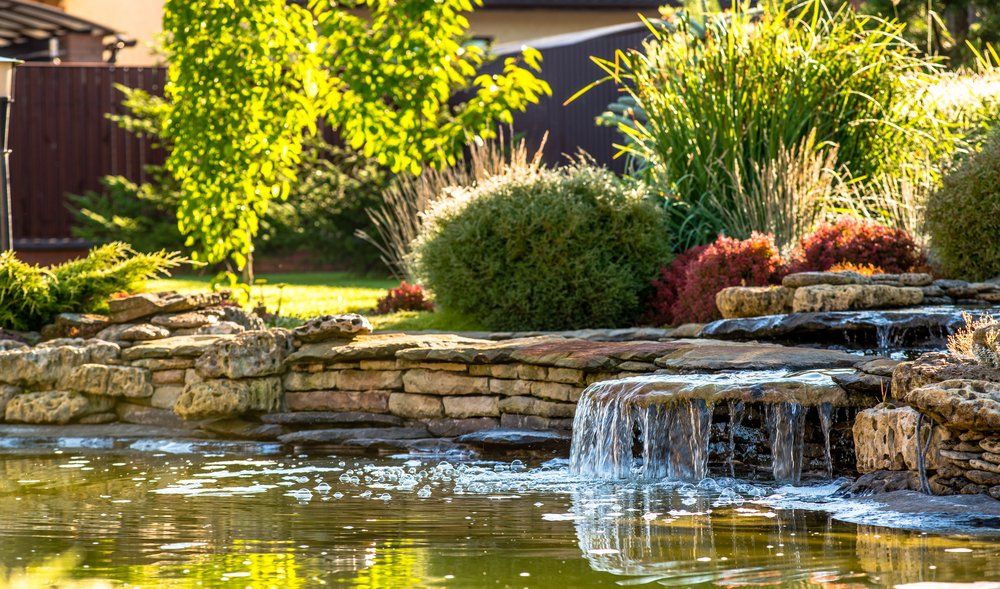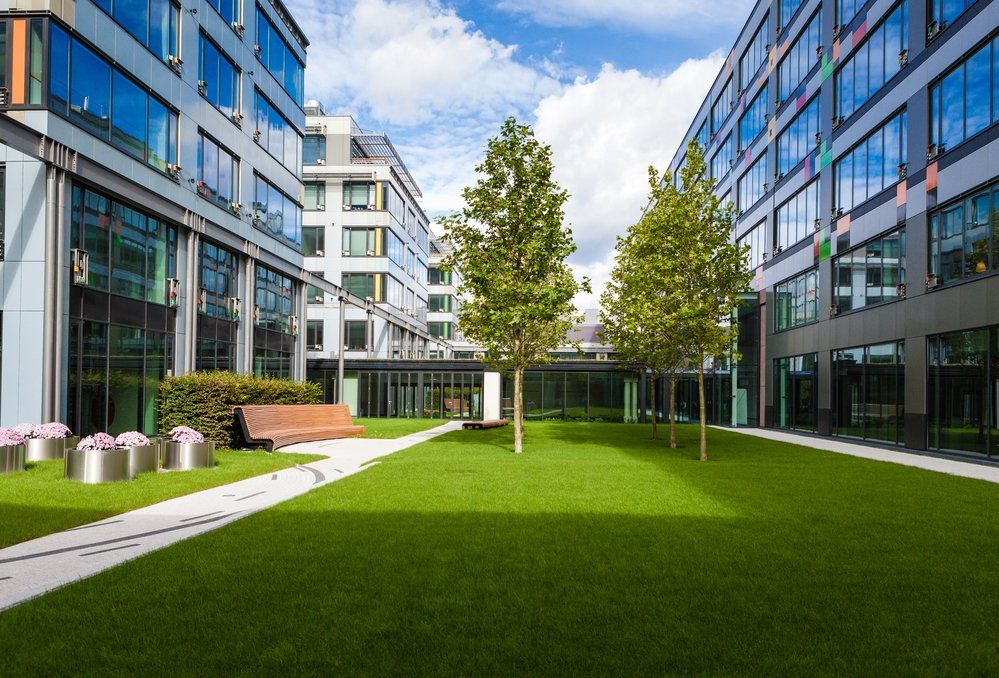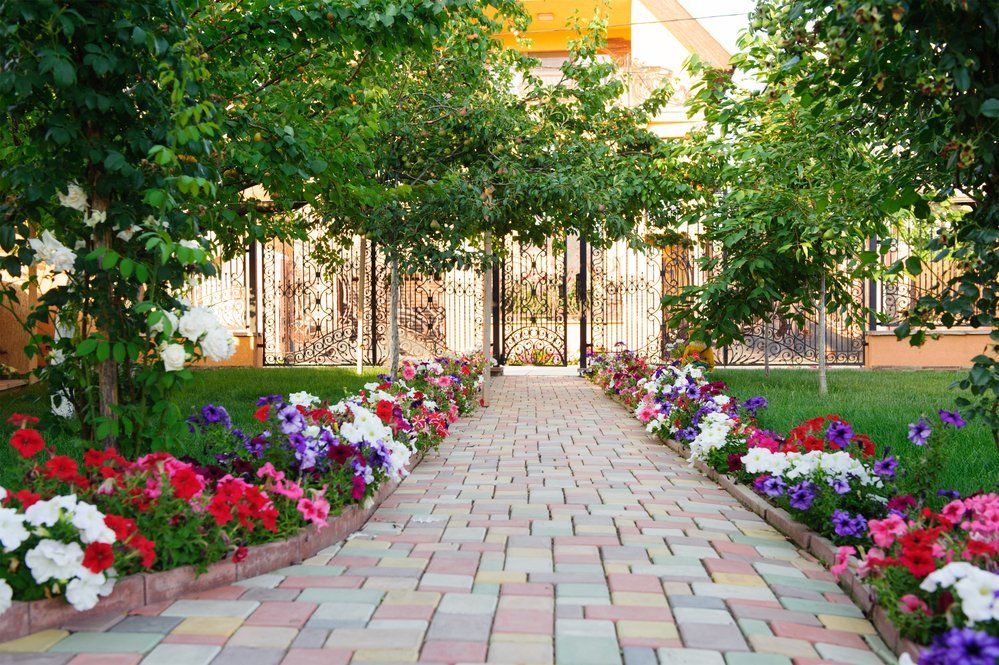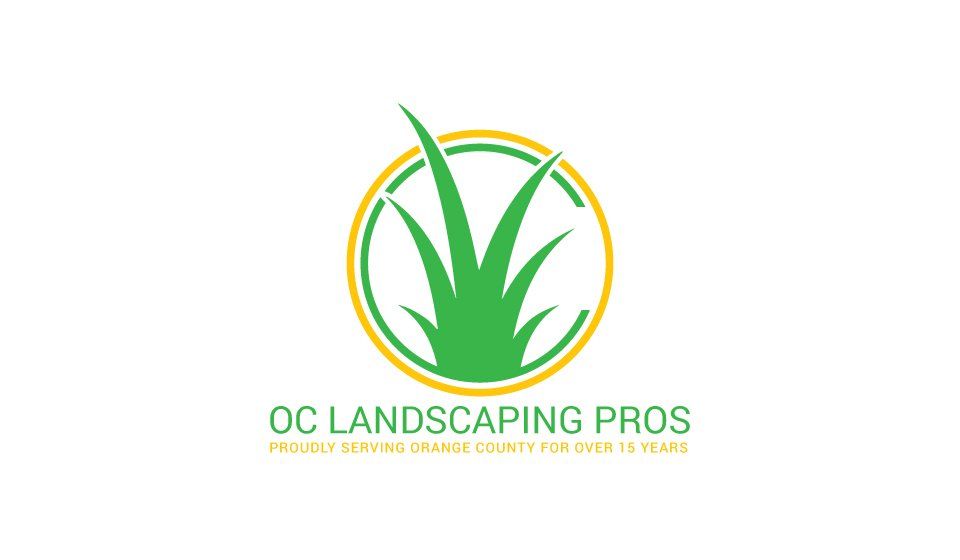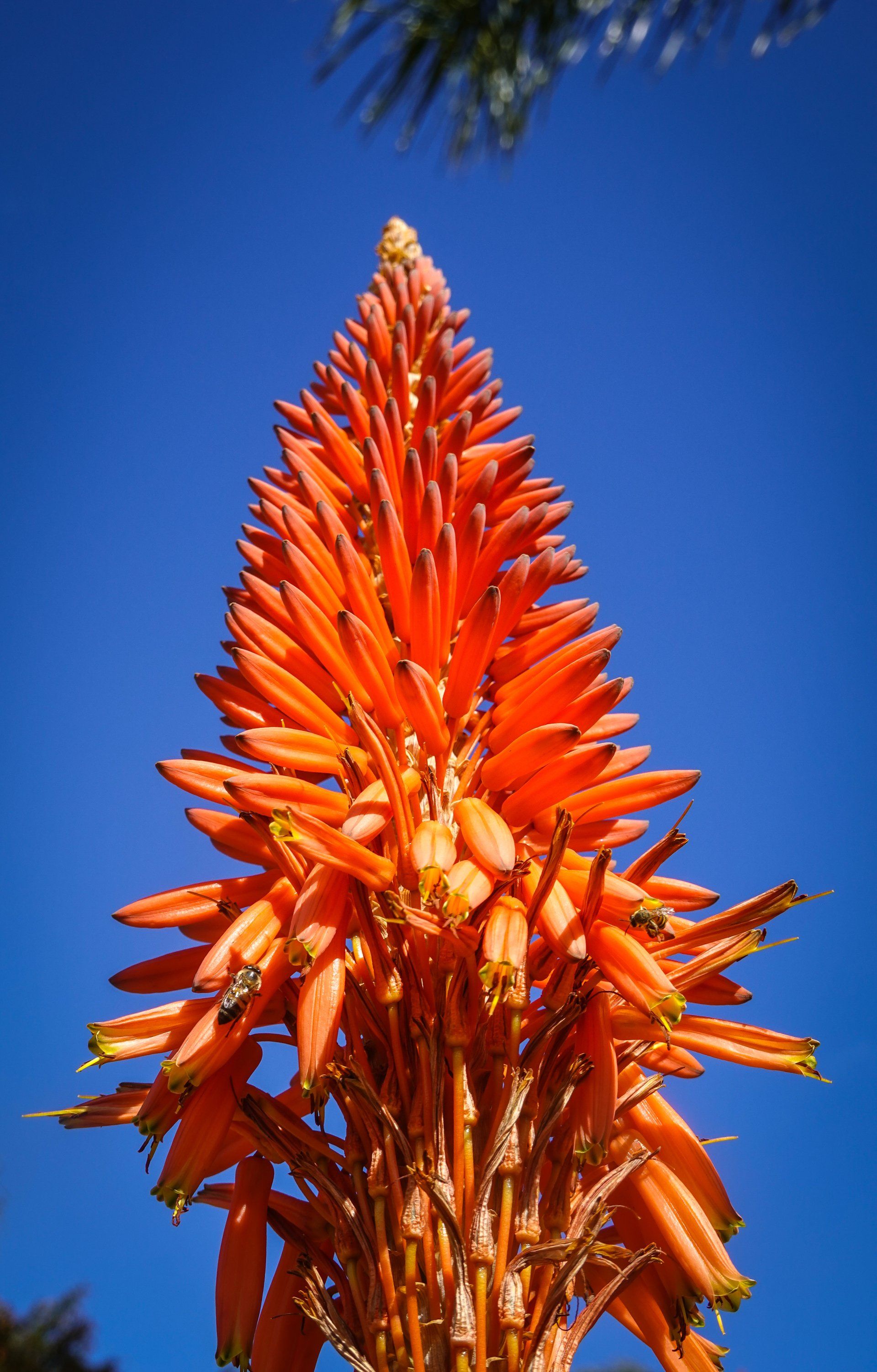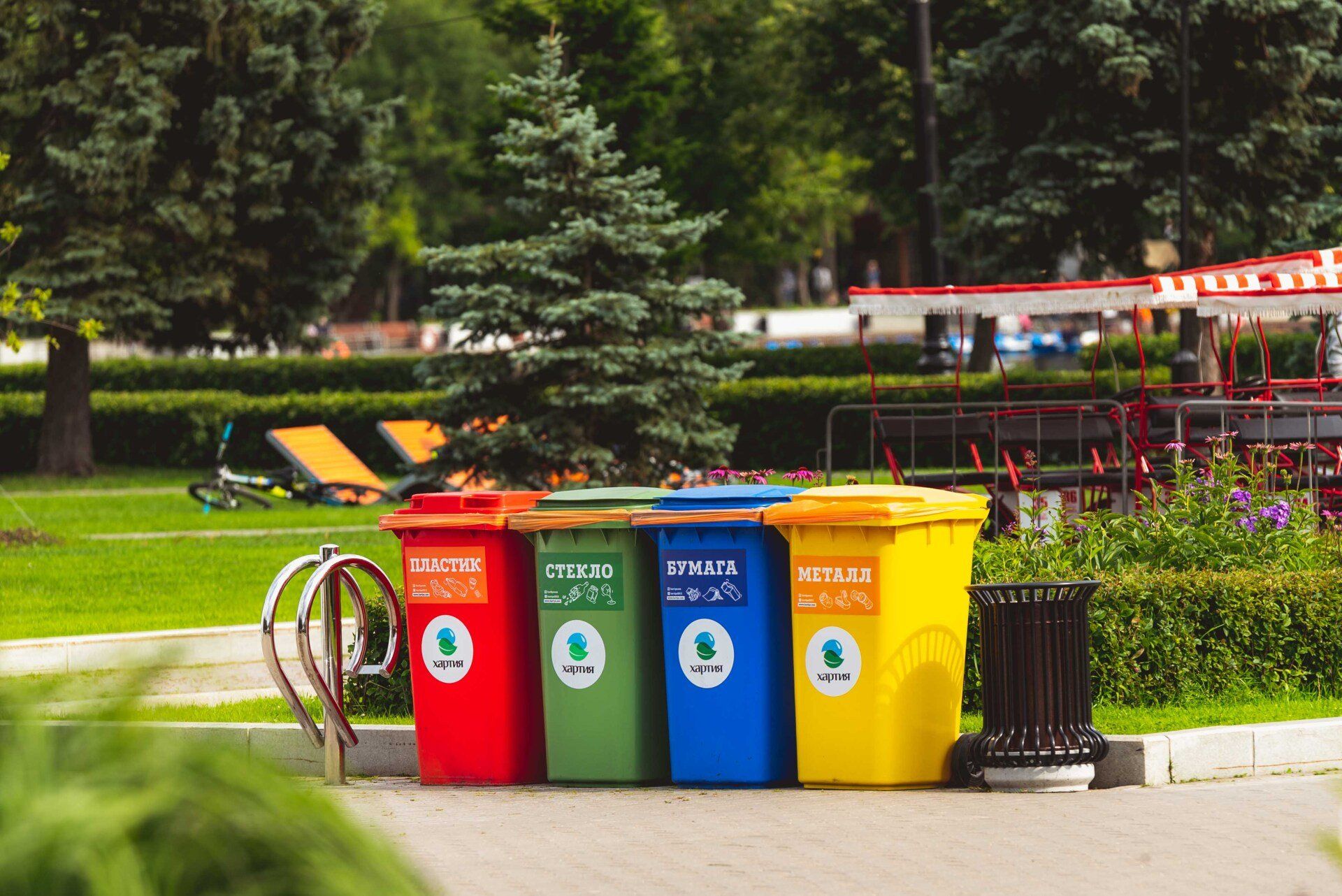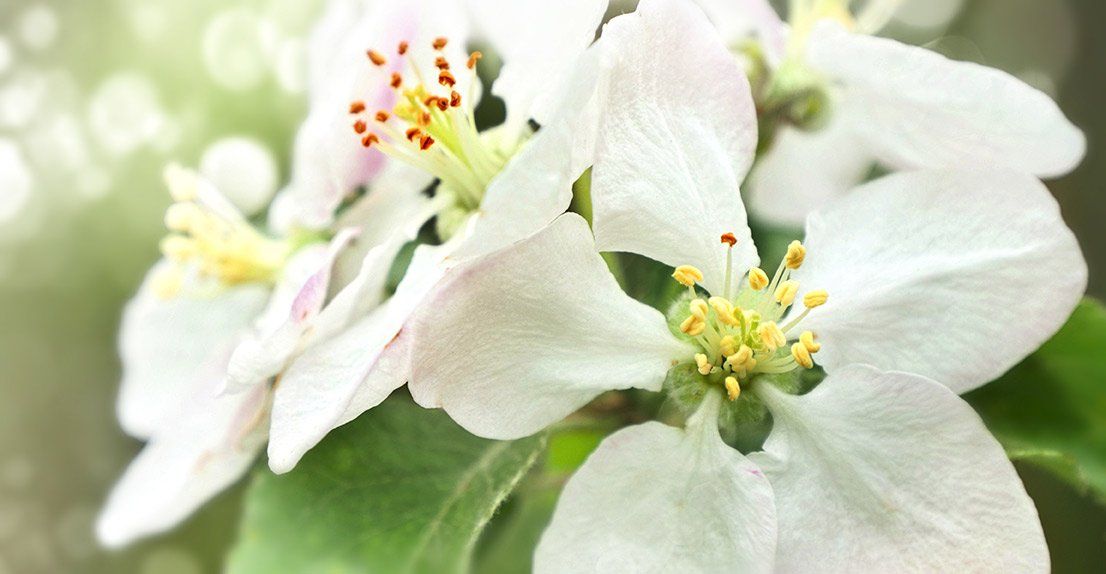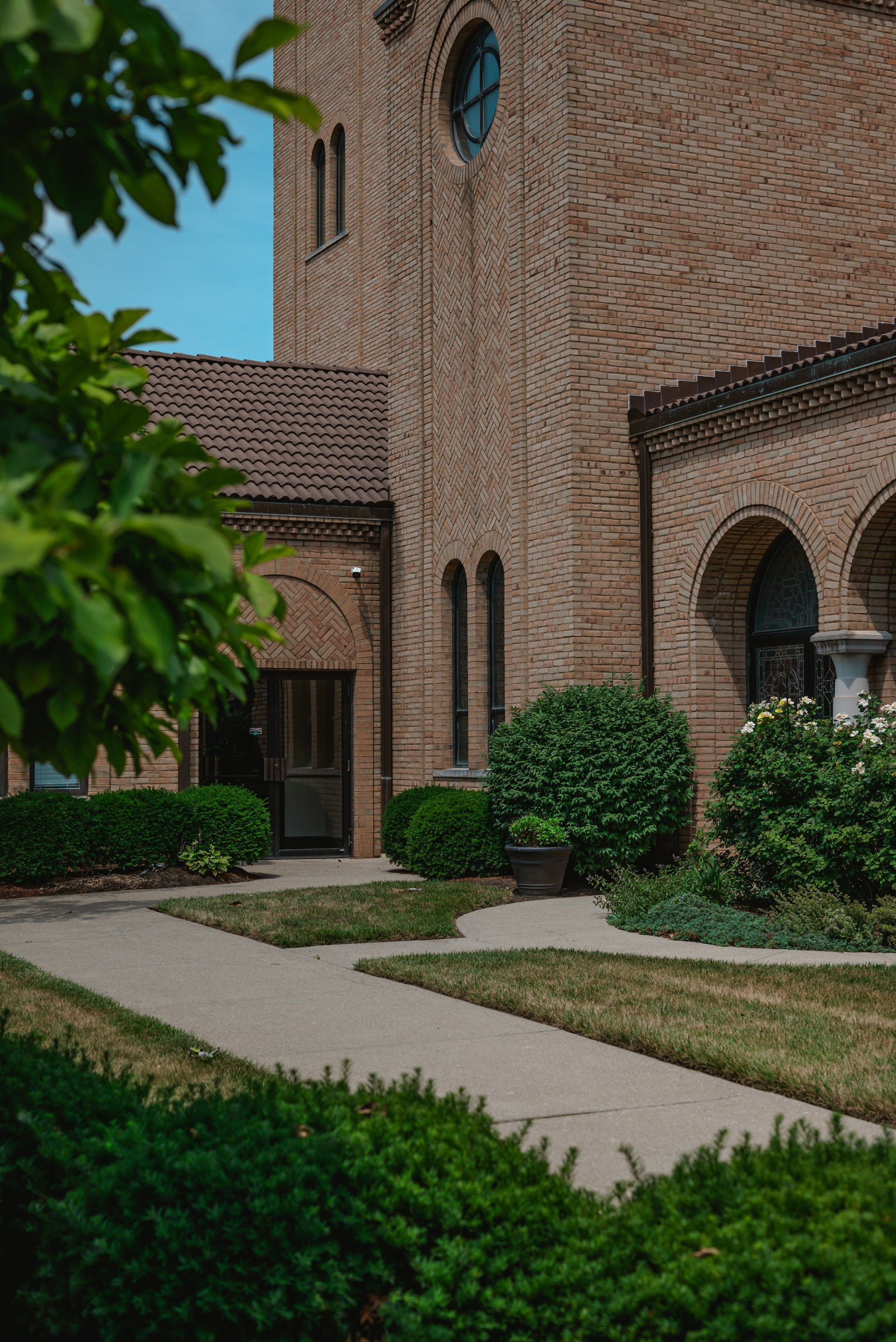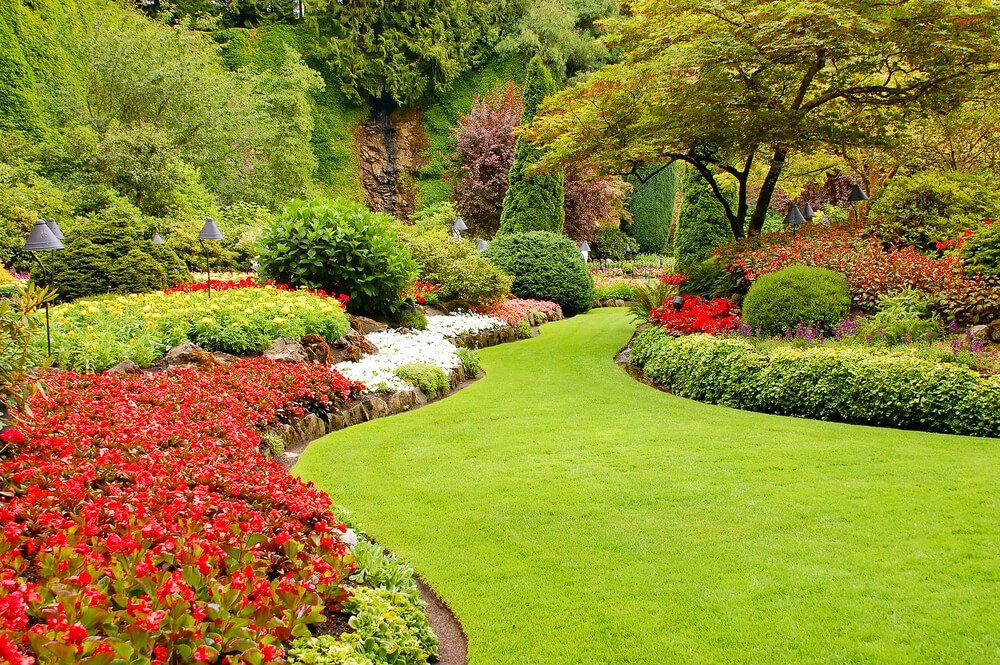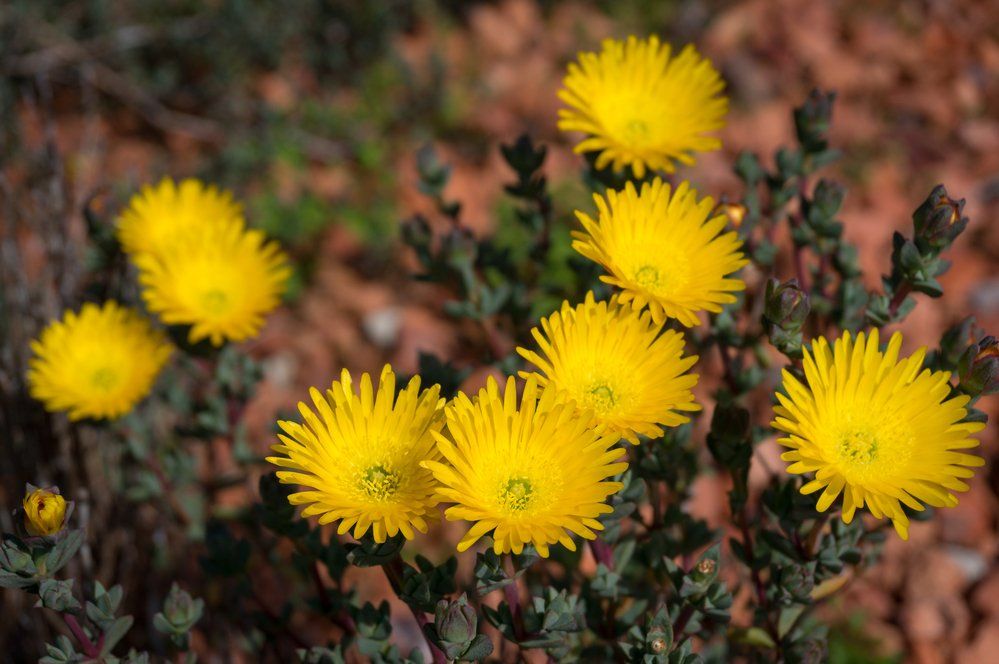Knowing Your Garden's Hardiness Zone And Everything You Need To Know To Plant Perennials
Knowing Your Garden's Hardiness Zone And Everything You Need To Know To Plant Perennials
If you are a gardening enthusiast or you've been to a nursery before, you might have come across the term "hardiness zones." And if you are thinking of planting some perennials, you need to understand what hardiness zones mean. Why? Because once you understand your garden's hardiness zones, you can buy the right plants and seeds for your garden. Not a gardener? This information will even come in handy for landscapers in Orange County, CA. So keep reading for all the details.
The USDA Plant Hardiness Zone Map
Researchers at Arnold Arboretum of Harvard University created the first hardiness zone map in 1927. It was divided into eight zones to help people ascertain which trees and shrubs would make it through the winter in their area.
Over the next few decades, this first black-and-white map was changed at least four more times to show 10 color-coded zones. These zones are sectioned based on more recent temperature data. The most recent hardiness zone map in use today is the USDA Plant Hardiness Zone Map.
The USDA made this in 2012 to help agricultural companies in the United States identify which plants to grow in different places. Since then, gardening services in Orange County and small-scale gardeners everywhere have used the map. The map sections the United States and Canada into 13 zones based on the average annual minimum winter temperature.
Each zone is 10 degrees warmer or colder than the next, with Zone 1 being the coldest and Zone 13 the warmest. This generally follows a north-to-south pattern, but that's not always the case. There can be different zones at the same latitude and within just a few miles of each other. This is because things like mountains, lakes, deserts, and a city's layout affect how hot it gets.
A plant's hardiness depends on how well it can handle cold winter temperatures. So a plant that could survive the lowest temperature in Zone 5 would find Zone 4 too cold.
Keep in mind, though, that hardiness zones only help you figure out how well a plant can handle cold. They don't matter for annuals, which die after one year, or for tropicals, like many houseplants, which don't die completely in the winter and come back in the spring.
Why Hardiness Zones Matter and How to Use the Information They Provide
You can change a lot of things in your garden, like the amount of shade, how water drains, or how good the soil is. But the weather is something you can't change. If you want a plant, vegetable, or tree to live and grow year after year, it must be able to handle the conditions in your area.
The USDA Plant Hardiness Zone Map can help with that. It will help you, whether you are an experienced gardener or not, figure out which perennials have the best chance of doing well in your area.
This way, you can avoid plants that won't survive the winter or a spring frost. The map is also a good way to see how your climate compares to the perfect climate for a plant you want to grow. It doesn't always mean you can't grow that plant where you live. It just means you need to be extra careful about how you treat it. For example, if a vegetable grows better in warmer weather, you should cover it when there is a frost warning in your area.
If you know about hardiness zones, you can choose plants for your garden that are most likely to survive the winter in your area. Again, annuals don't care about the zones because they only live for one season or summer. But before you plant trees, shrubs, or perennials in your garden, make sure to check the USDA zones.
Most of the problems with the USDA zones are in the western part of the country. So you might want to use the Sunset climate zones if you live in this area. This system takes into account more than just the lowest temperatures to figure out where plants will grow best.
They also look at the length of the growing season, temperatures in summer, wind, humidity, and amount of rain. No zoning system is perfect, and even in your garden, some important microclimates might affect your plants' growth. Use the USDA or Sunset zones as a guide, and check them often to give your garden the best chance of doing well.
Based on this map, the labels of many plants, seeds, and vegetables you can buy at your local nursery will tell you what hardiness zone they are best for.
Hardiness/Frost Dates
Now that you know the hardiness zone of your plants, you need to know their "hardiness dates" or "frost dates." Frost dates are important because plants don't like cold weather and are more likely to live if they are planted before the first frost date or after the last frost date.
For example, let's say you live in Zone 8. If you want your plants to have the best chance of living, you shouldn't plant them between about November 15 and March 15, when it's the coldest in your area. Plant hardiness zones and dates are not exact, but they are a great guide, especially for people just starting to garden. Below is a table that will guide you:
Average Frost Dates By Plant Hardiness Zone
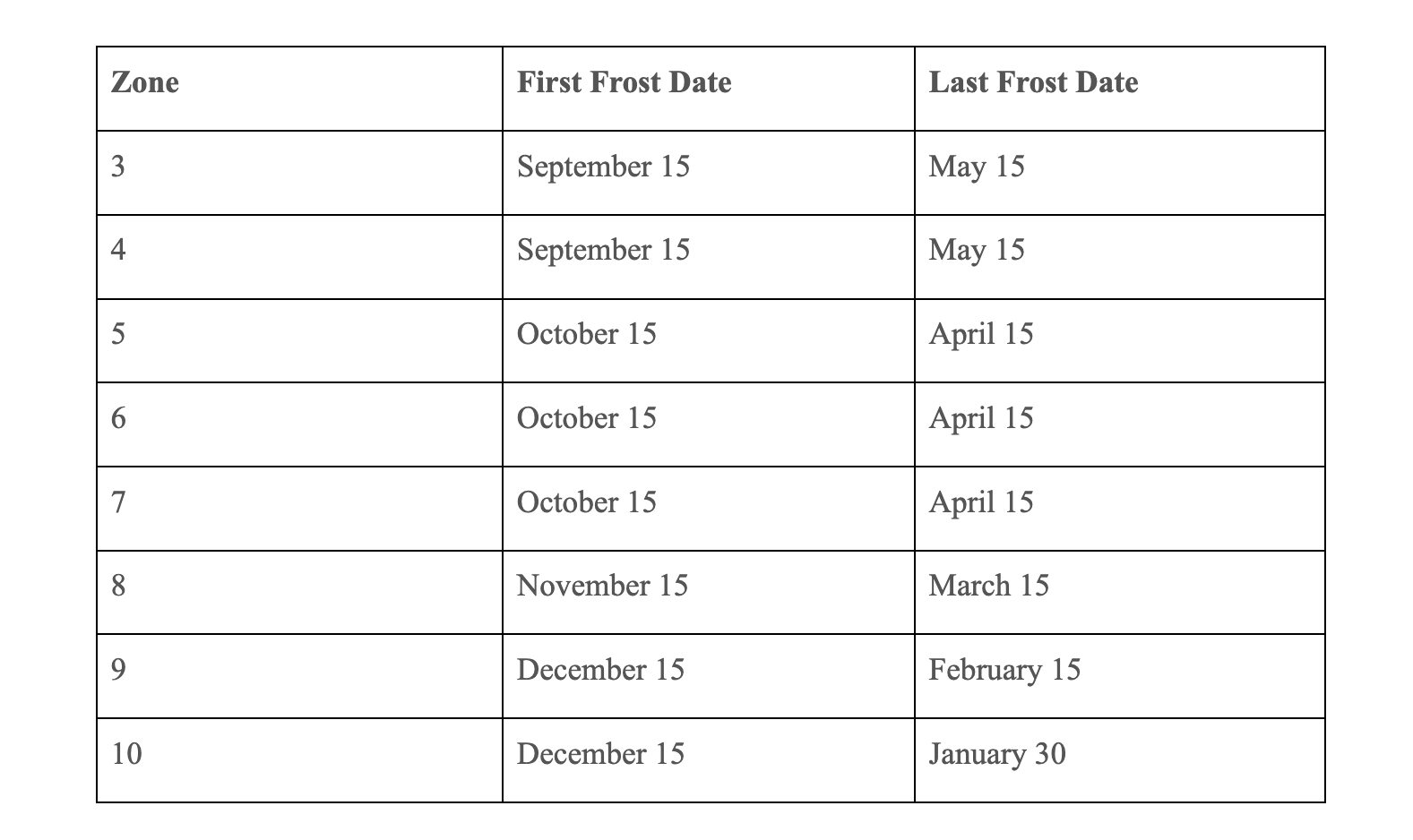
Note: The United States does not have Zones 1 and 2, and Zones 11 through 13 do not freeze.
Are You Still Not Sure Which Perennials to Plant?
When you buy plants or seeds for perennials, check the label to ensure they are good for your hardiness zone. Most local nurseries sell plants for your zone, so plants that will work are they have in stock. If you want to order plants by mail, you need to do your research and figure out which plants will do well in your climate zone.
Keep in mind that your home may be in a different microclimate, which can either limit or expand your options. But if you are still unsure which perennials will be good for you, reach out to gardening services in Orange County for help or read our post on the best you can plant this year.
